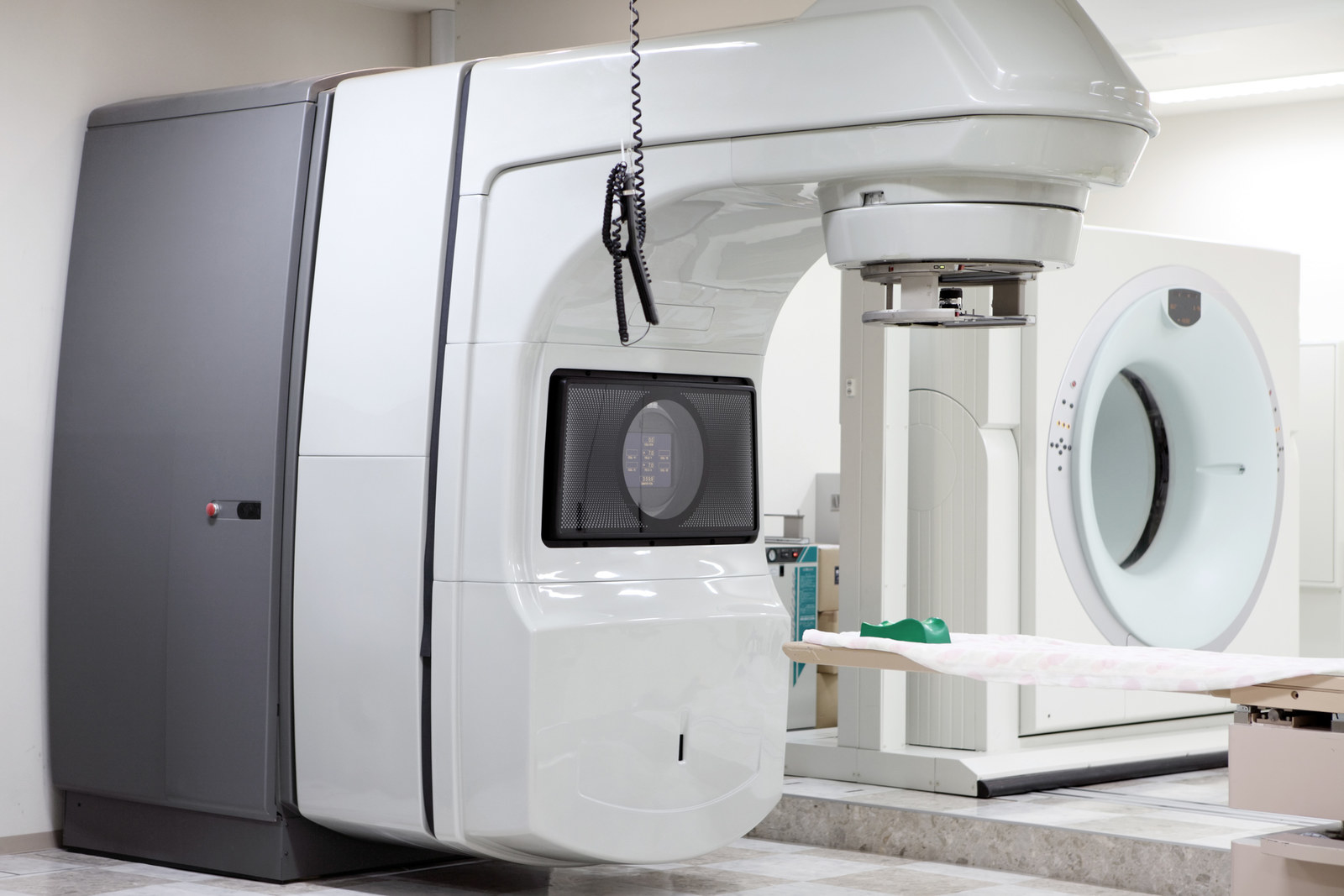Radiation has been used for cancer diagnosis and therapy since before the beginning of the 20th century, but in the past few decades, the industry has seen advancements many people might not know about.
We had a lot of questions about radiation treatment, so we reached out to two professors of radiation oncology — doctors Arjun Sahgal and Normand Laperriere from the University of Toronto — to get some answers.
How is radiation used in cancer treatment?
Dr. Arjun Sahgal: Radiation is a dominant therapy in cancer, as treatments center predominantly around surgery, systemic therapy, and radiation. Radiation has a major role in curative and palliative treatments.
Radiation is a local modality where high energy is sculpted around tumours and concentrated within the tumour to kill cancer cells.
What is the difference between chemo and radiation therapies? What are the pros and cons?
AS: Chemotherapy refers to drug therapy and allows for cancer cells within the entire body to be exposed to treatment as drugs circulate through the circulatory system. Radiation is a local modality where high energy is sculpted around tumours and concentrated within the tumour to kill cancer cells. Radiation also has a major role in the central nervous system, as chemotherapy typically does not penetrate into the brain and spinal cord. So when tumours spread to these tissues, then radiation is essential. This is also critical for primary brain tumours (e.g., glioblastoma), where radiation is the dominant therapy following surgery and chemotherapy [is] given to enhance the radiation effects.

Can using radiation to treat cancer cause other types of cancer?
AS: Radiation, although powerful, is also cancerogenic, so we are always careful, especially in young adults and children where 20–30 years down the road a radiation-induced cancer can develop as a rare side effect of treatment.
What does the process of radiosurgery actually look like, and are there any temporary or permanent markings as a result?
Dr. Normand Laperriere*: We plan and treat most patients with radiosurgery in a Gamma Knife unit with either a frame that is temporarily attached to the skull or with a plastic mask that is custom made for a patient who will be treated for several sessions over a week. There are no temporary or permanent markings put on the patient.

Are there dangers associated with radiation (e.g., what we hear about, like, nuclear weapons)?
NL: We are using radiation in a therapeutic manner, where high-dose radiotherapy is delivered very accurately to the brain tumours. We generally use a dose that is associated with a high likelihood of control of the tumour, usually in the 80–90% range, and that dose is usually associated with a 5% or so risk that there may be some harm to the immediately adjacent brain, and how that affects an individual patient is very dependent on exactly where the tumour is in the brain. So the harm sometimes is seen on the subsequent MRI of the brain months to years later but sometimes not associated with any symptoms if it is a part of the brain not associated with any specific function, or [it] may be associated with weakness or numbness of one of the arms or legs or part of the face, etc...
How does radiation sterilization even work?
NL: When cobalt sources are used to sterilize surgical instruments, tubing, etc., or food products, extremely high doses of radiation are used to kill any bacteria that may be a contaminant without in any way harming the instruments, tubing, or food.

What is Cobalt-60? How is it used in cancer treatment?
AS: Cobalt-60 is a radiation isotope. It directly emits radiation that can be used to treat cancer. The Gamma Knife is one instrument that uses Co-60, as it allows for high-precision brain treatments, and there are other devices also based on Co-60 that permit therapeutic irradiation.
How is Cobalt-60 made?
NL: Cobalt-59 is inserted as part of rods into a nuclear reactor and bombarded with neutrons, and over time [it] is converted to Cobalt-60.
Radiation is a critical element of cancer therapy.
Does whatever “half-life” radiation has continue to help you stay in remission? Does it play any role as it stays in you?
AS: Half-life refers to the duration of the radiation source to emit the radiation. So in some implanted forms of radiation, the decay that happens over time is part of modelling what dose of radiation is needed to kill the cancer. It is not an issue of keeping you in remission but an issue of dosing the radiation to the type of cancer being treated. When machines are directing radiation from a source such as Co-60, the half-life is taken into account for the time needed to expose the patient to the radiation to ensure the dose is delivered appropriately and when to replace the source so treatments do not take a very long time.
Is radiation going to replace other forms of treatment? Is it a preference thing?
AS: Radiation is a critical element of cancer therapy and has a role similar to surgery and systemic therapy, as no one treatment can cure cancer. The optimal sequencing and combinations of treatments are determined to give the best treatment outcome.
*Note: Dr. Laperriere's answers have been given within the context of Gamma Knife radiosurgery, a very specialized unit that has 192 individual Cobalt-60 sources.
All images courtesy of Getty Images.
